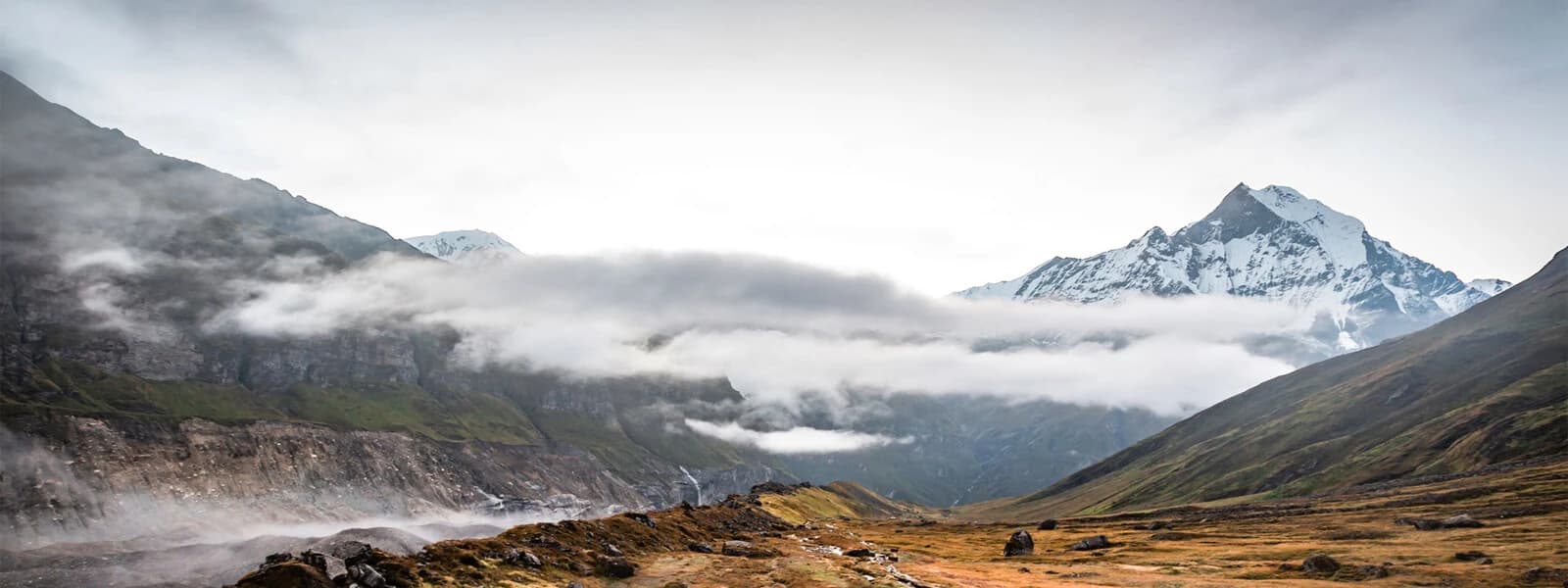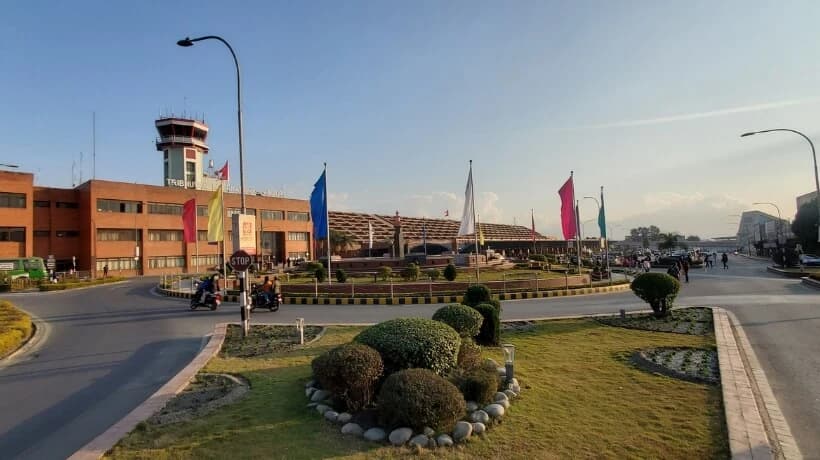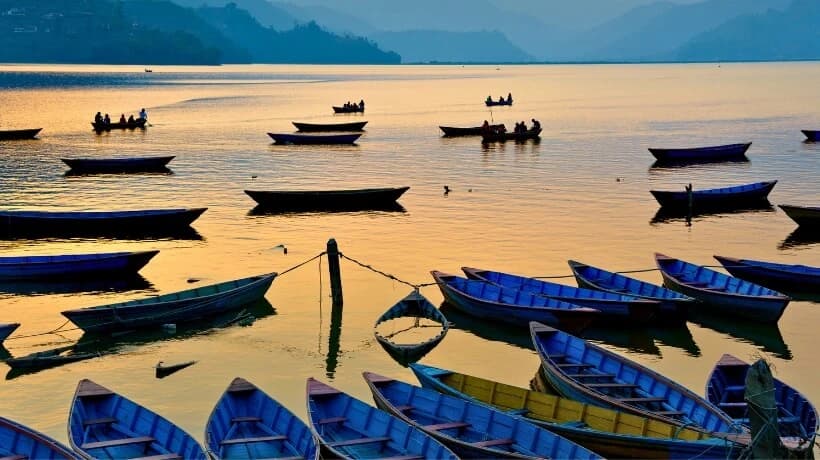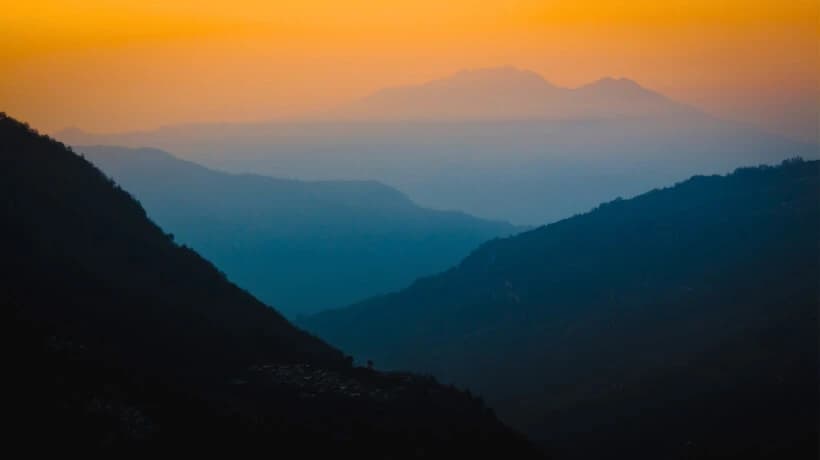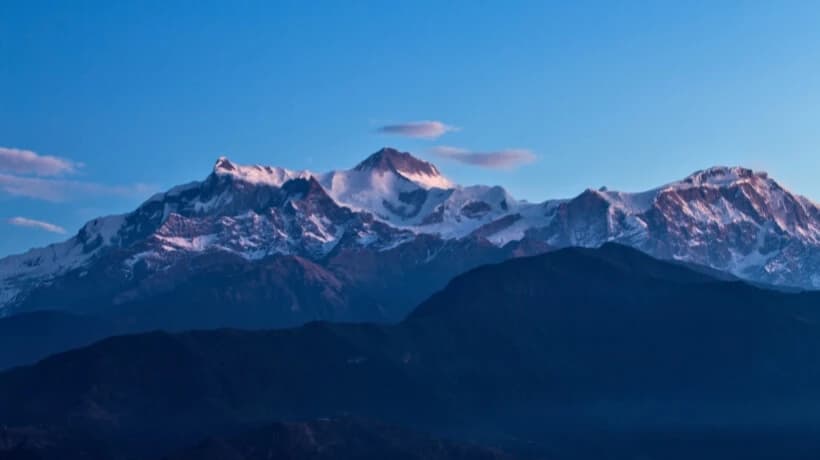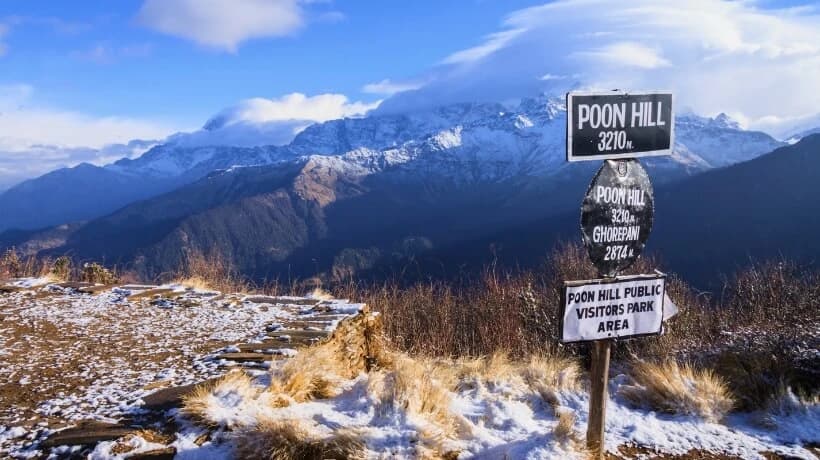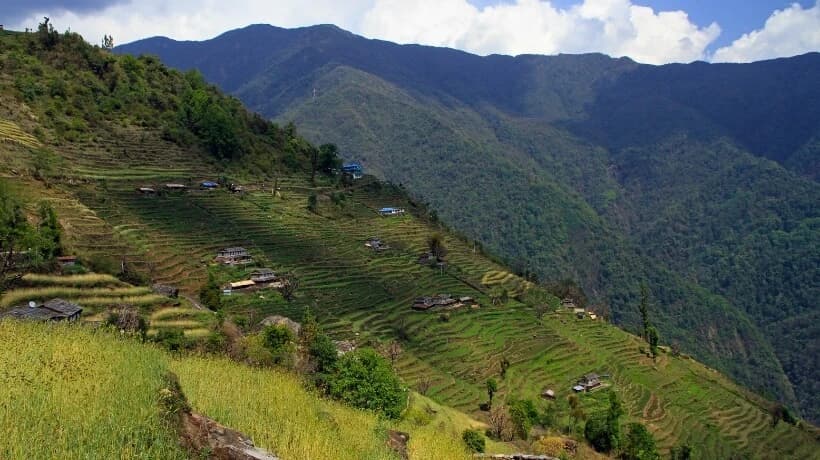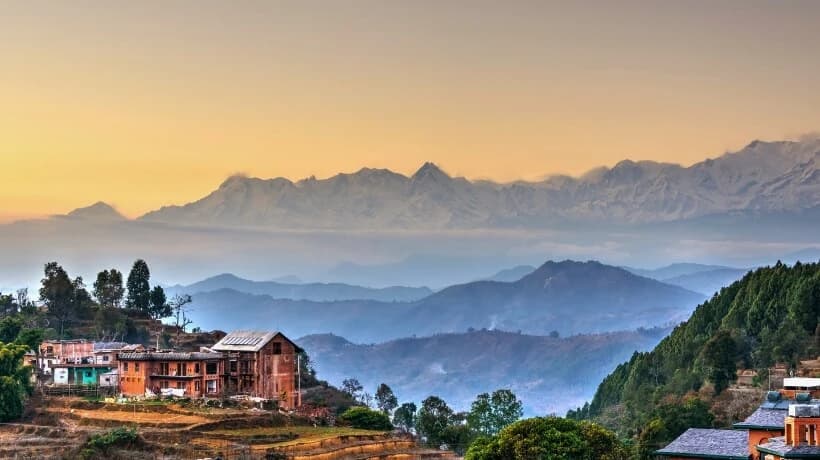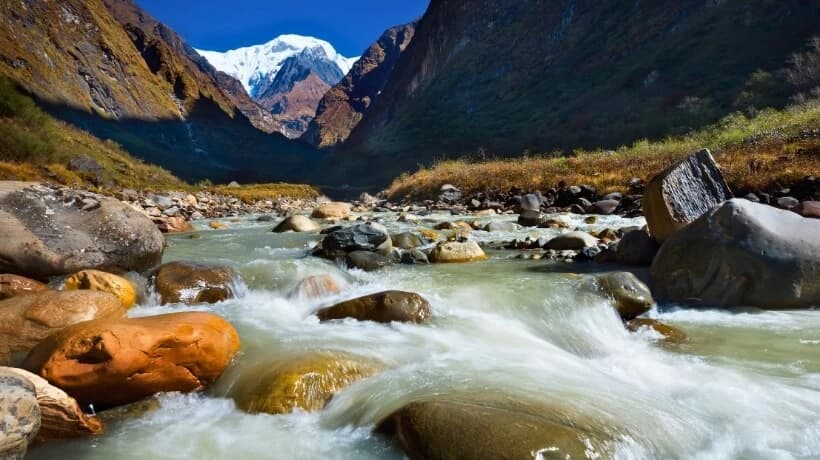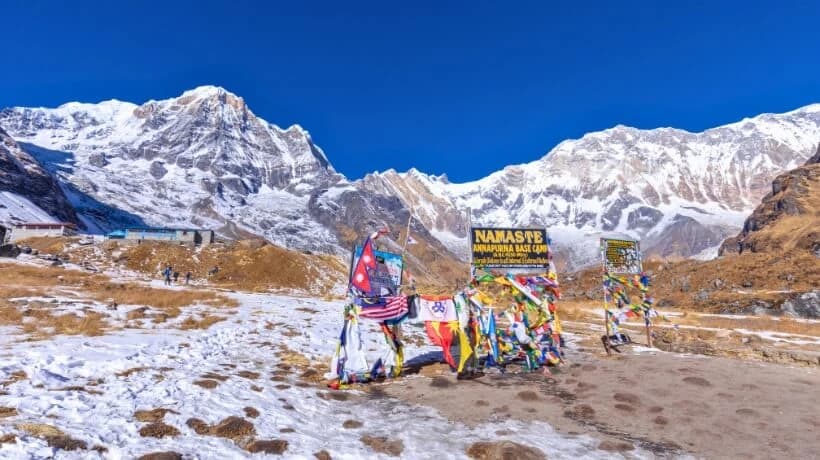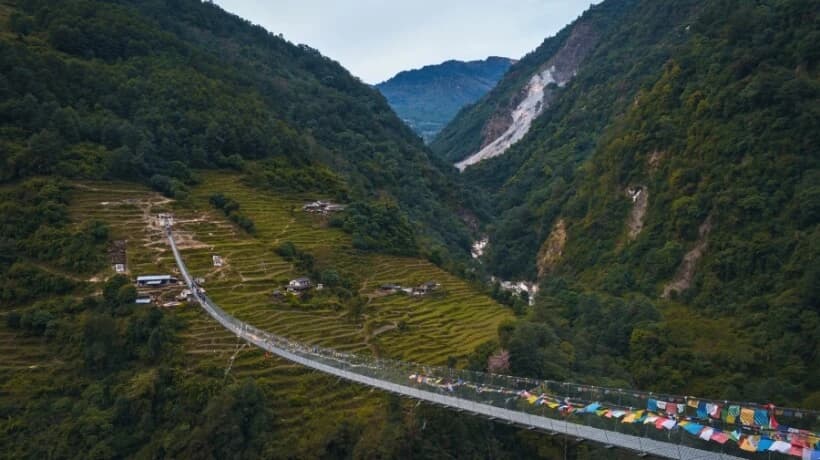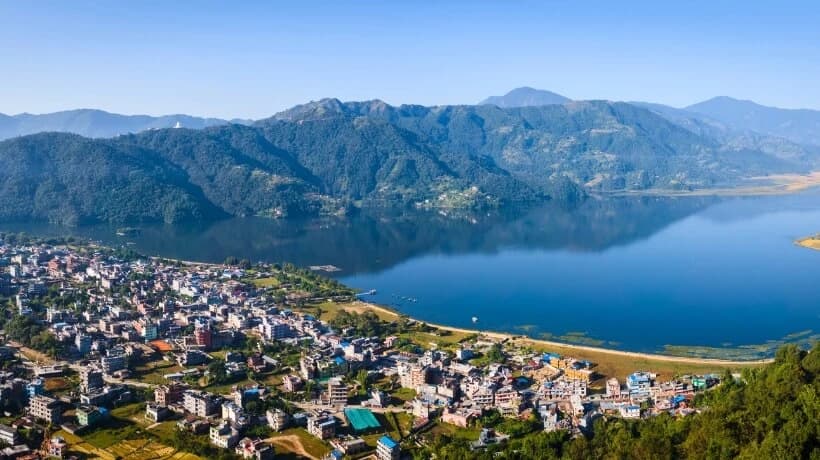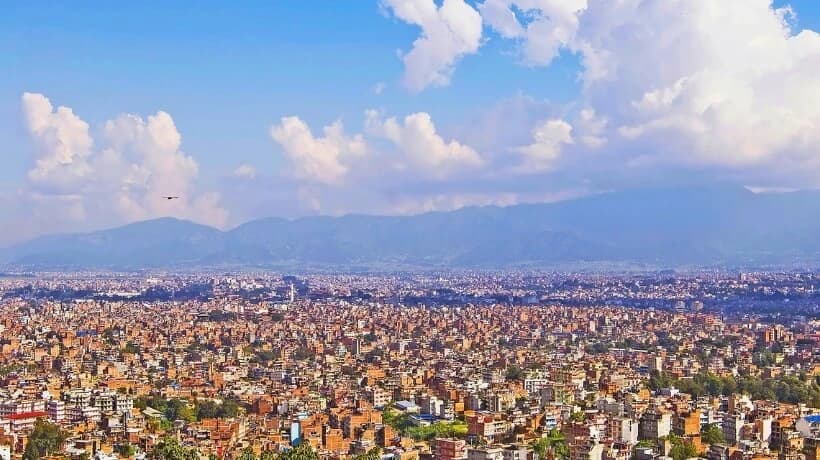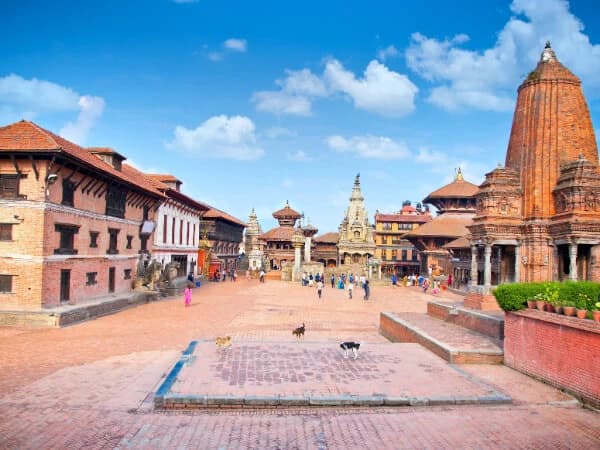The Annapurna Base Camp trek is one of the most iconic and sought-after trekking experiences in Nepal. Located in the heart of the Annapurna region, this trek offers a breathtaking journey through scenic landscapes, remote villages, and challenging trails that lead to the foot of the Annapurna massif. As trekkers ascend, they are rewarded with breathtaking views of the Annapurna massif, including Annapurna I, one of the highest mountains in the world. The trek is also a gateway to the rich traditions and cultures of the Gurung and Magar communities who call this region home.
Comparing Annapurna with Other Treks
While Nepal is famous for several iconic treks, the Annapurna Base Camp trek stands out for its accessibility and moderate difficulty level. Unlike the Everest Base Camp trek, which is more strenuous and higher in altitude, the Annapurna trek is achievable for many first-time trekkers. Additionally, the variety of landscapes and the close proximity to Pokhara make this trek appealing to those who want a comprehensive trekking experience without venturing too far from modern conveniences. Compared to the more remote Manaslu Circuit or Langtang Valley, the Annapurna trek offers more established routes and better infrastructure, including comfortable tea houses and readily available services.
Highlights
- Panoramic Mountain Views
Trekkers are treated to views of Dhaulagiri, the world's 7th highest mountain, and Annapurna, which ranks 10th. The trek also offers a 360-degree vista of the Annapurna ranges along with Hiunchuli, Gangapurna, and the iconic Machhapuchhre Himal.
- Stay at Annapurna Base Camp
Experience the unique opportunity to spend a night at Annapurna Base Camp, surrounded by towering peaks and stark beauty.
- Thermal Bath at Jhinu
After days of trekking, relax with a hot spring bath in Jhinu, known for its natural geothermal pools.
- Cultural Insights
Staying in tea houses along the trail provides an intimate glimpse into the daily life and culture of local mountain communities.
- Diverse Landscapes
The trek routes through various terrains including lush green forests, deep gorges, and high-altitude landscapes, each offering its own beauty and challenge.
Preparing for Your Annapurna Base Camp Trek
Essential Packing List for Annapurna
Proper preparation is key to a successful trek. Your packing list should include essentials like sturdy trekking boots, moisture-wicking clothing, and a reliable backpack. Given the varying temperatures, layering is crucial. Pack warm layers for the higher altitudes, including a down jacket and thermal wear. Other essentials include a water purification system, trekking poles, a headlamp, and a comprehensive first aid kit. Don’t forget to bring high-energy snacks, a camera to capture the stunning landscapes, and trekking permits.
Physical Fitness: How to Prepare
The Annapurna Base Camp trek is considered moderately difficult, requiring a good level of physical fitness. Preparation should start several months before the trek, focusing on building cardiovascular endurance, leg strength, and stamina. Regular hikes with a loaded backpack can simulate the trek conditions and help you acclimate to long days on the trail. Incorporating strength training and flexibility exercises will also help prevent injuries and ensure you can handle the rugged terrain and steep ascents.
Permits and Regulations: What You Need
To trek in the Annapurna region, you need two main permits: the Annapurna Conservation Area Permit (ACAP) and the Trekkers’ Information Management System (TIMS) card. The ACAP helps fund conservation efforts in the region, while the TIMS card is used for trekker safety and management. Both permits can be obtained in Kathmandu or Pokhara before the trek. Ensure you have multiple copies of your passport photos and the necessary cash for the permits, as credit card payments are not always accepted.
How Difficult Is the Annapurna Base Camp Trek?
Understanding the challenge level is key to preparing for the Annapurna Base Camp trek. This trek is categorized as easy to moderate, making it accessible for beginners and enjoyable for seasoned trekkers alike.
Terrain and Daily Hike
- Varied Landscapes: Your path will wind through terraced farms and dense rhododendron forests, alongside glacier-fed rivers and stunning waterfalls, all set against the dramatic backdrop of towering Himalayan peaks.
- Daily Walking Hours: Expect to trek for about 6-7 hours each day. While the distance might be manageable, the terrain can vary from flat farmlands to steep ascents, so preparing for diverse hiking conditions is crucial.
Altitude and Acclimatization
- Maximum Elevation: The highest point of the trek is Annapurna Base Camp itself, sitting at 4,130 meters. While this is a considerable elevation, the ascent is gradual, allowing for better acclimatization.
- Risk of Altitude Sickness: Given the progressive climb and the nature of the trek, the risk of altitude sickness is low compared to other high-altitude treks. However, awareness of its symptoms and proper hydration are vital.
Physical Fitness and Experience
- Fitness Level Required: Good health and stamina are essential since the daily trek spans several hours over varying elevations. Regular cardiovascular exercises like jogging, swimming, or cycling before the trek can enhance your stamina and overall trek experience.
- No Prior Trekking Experience Needed: Beginners can confidently undertake this trek. Engaging in short local hikes or regular walks can familiarize your body with long-duration activities, making your trek more enjoyable.
Pro Tip: To ensure a seamless trekking experience, incorporate strength training exercises focusing on legs and core a few months prior to the trek. This conditioning helps in tackling the more strenuous sections of the trek comfortably.
What Costs Can You Expect for the Annapurna Base Camp Trek?
Properly budgeting for your trek is essential for a smooth experience. The overall cost of the Annapurna Base Camp trek can vary significantly based on whether you choose an agency or opt to go independently. Here’s a breakdown of the expenses you’ll likely encounter:
Trekking with an Agency vs. Independently
- Agency Packages: Typically, packages range from $1000 to $1500 and cover all essential costs including permits, transportation, accommodation, and meals. Note, these packages do not include travel insurance, visa fees, and personal trekking equipment.
- Independent Trekking: If you prefer a solo journey, planning each aspect yourself can be rewarding but requires careful consideration of various costs.
Detailed Cost Breakdown
| Expense Category | Details | Cost Range |
|---|---|---|
| Transportation | Flights from Kathmandu to Pokhara cost around $90-$124. Tourist buses range from NPR 1200-1500, while local minibuses are cheaper at NPR 600-700. Taxis to Nayapul are about NPR 2000, with cheaper bus options at NPR 500. | Varies |
| Accommodation | Options range from luxurious hotels in Kathmandu to basic tea houses on the trail costing about $5 per night. Note that high-altitude tea houses might charge more due to transportation challenges of supplies. | $10+ per night |
| Meals | Dining at tea houses where you stay is expected, with prices fixed by the Nepal Tourism Board. Carrying your own snacks like nuts and dried fruits can help manage costs. | Varies |
| Water | Bottled water prices increase with altitude, costing NPR 100-200 per liter. Consider packing a refillable bottle and using a Steripen or iodine tablets for water purification. | NPR 100-200 per liter |
Note: Please note that the cost details provided throughout this guide, including those for tea houses, transportation, and other services, are approximate and meant to serve as a general guide. Actual costs may vary due to factors such as seasonal changes, specific service provider rates, and changes in local pricing.
Additional Costs
- Guides and Porters: Hiring a guide or porter will increase your budget but can greatly enhance your trekking experience by providing local insights and logistical support.
- Miscellaneous: Budget for extras like hot showers, Wi-Fi, and charging devices, which can add up. Also, carrying emergency cash for unforeseen expenses is wise.
Pro Tip: If you are on a tight budget, consider traveling by bus, staying in basic accommodations, and avoiding unnecessary luxuries. Engaging with local culture and cuisine at tea houses not only enriches your experience but also supports the local economy.
Do You Need a Guide for the Annapurna Base Camp Trek?
Deciding whether to hire a guide or porter for your trek can significantly impact your experience. While it's possible to trek independently, there are several reasons why enlisting a guide or porter can be beneficial:
Benefits of Hiring a Guide
- Enhanced Navigation: Guides are invaluable in navigating the trails, particularly in complex sections where paths may not be well-marked.
- Cultural Insight: A local guide offers more than just direction—they provide a deep dive into the local culture, traditions, and history, enriching your overall experience.
- Safety: Guides are trained to handle various high-altitude illnesses and emergencies, ensuring a safer trekking experience.
- Communication: Guides who speak both English and local languages can facilitate smoother interactions across the region.
Benefits of Hiring a Porter
- Ease of Travel: Porters can carry your gear, allowing you to trek more comfortably without the burden of a heavy backpack.
- Support Local Economy: Hiring porters supports the local economy and provides employment to local communities.
Cost Considerations
- Guide Fees: Guides typically charge between $25 to $35 per day, which includes their expertise in navigation and local knowledge.
- Porter Fees: Porters charge between $20 to $30 per day, handling the heavy lifting and improving your trekking pace.
Additional Tips
- Insurance: Ensure that both your guide and porter have insurance, which is crucial for their safety and well-being.
- Language Skills: While a porter may not need to speak English, having a guide who speaks fluent English can enhance communication, especially in understanding local nuances.
Pro Tip: Even if you are an experienced trekker, the dynamic weather conditions and remote nature of the Annapurna Base Camp can make a guide's local knowledge invaluable. Moreover, hiring a guide and porter not only eases your journey but also contributes to the local economy, promoting sustainable tourism.
Our Commitment: At Regulus Nepal, we are committed to enhancing your trekking experience. We have carefully vetted guides with years of expertise in the field. Our guides are not only familiar with every trail on this route but also know alternative paths to ensure your safety and enhance your experience. They are highly skilled and dedicated to making your journey through the Annapurna Base Camp not just memorable but truly fruitful. Trust in our team to guide you safely and confidently, providing deep local insights and support every step of the way.


